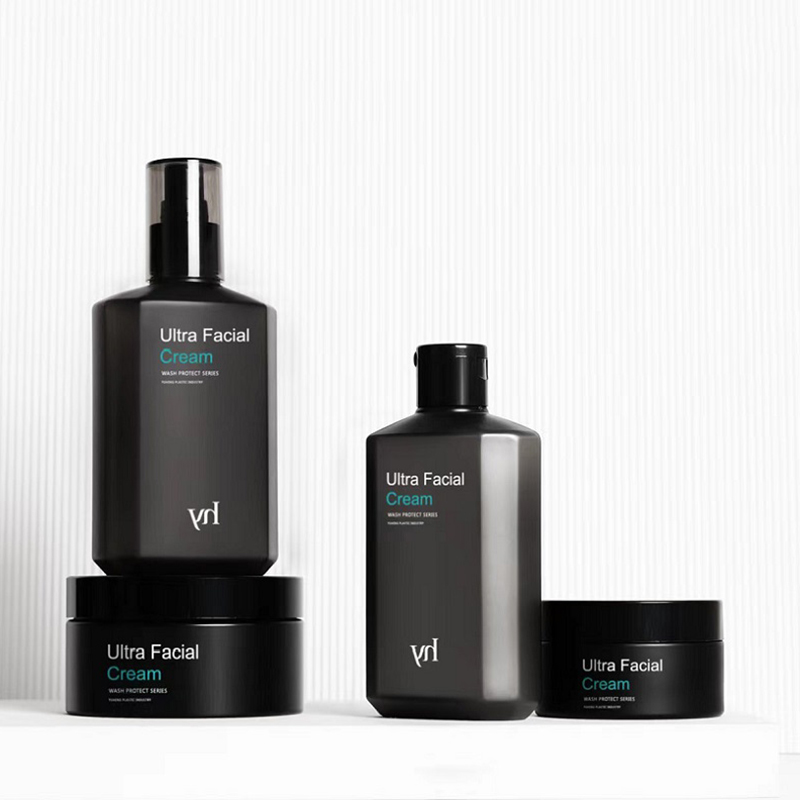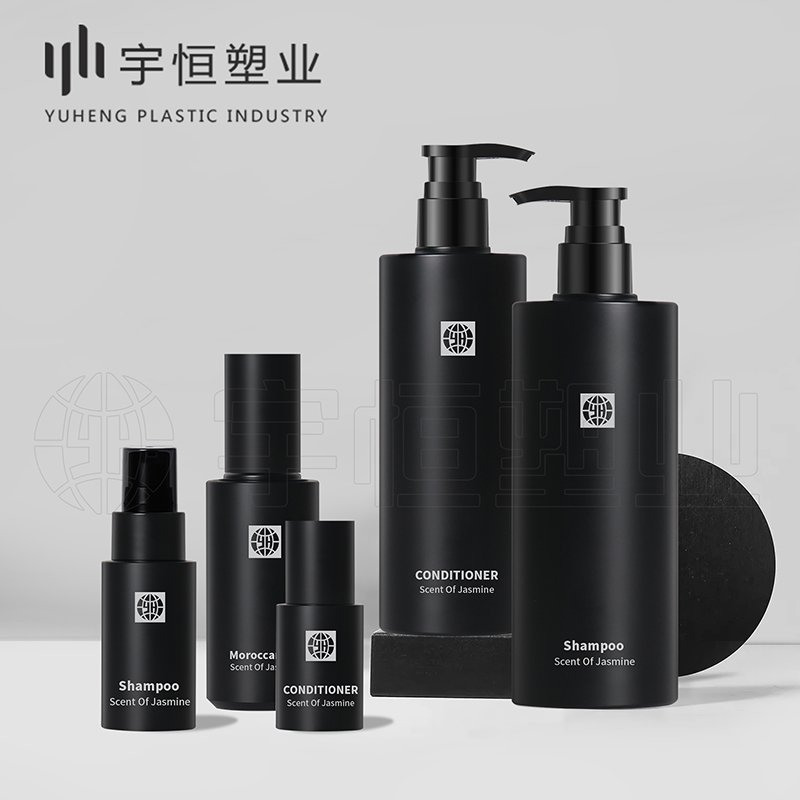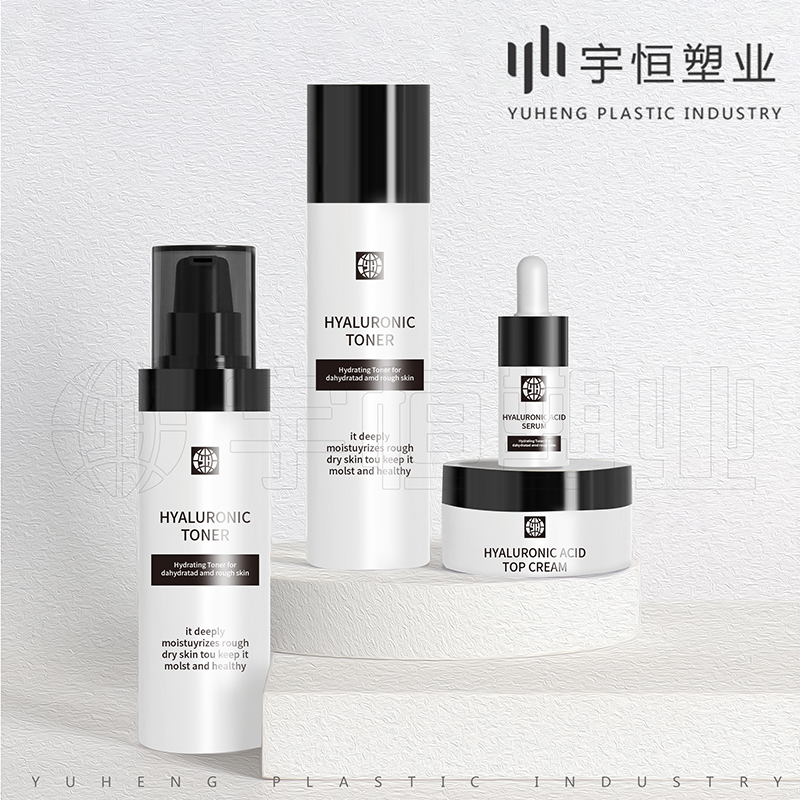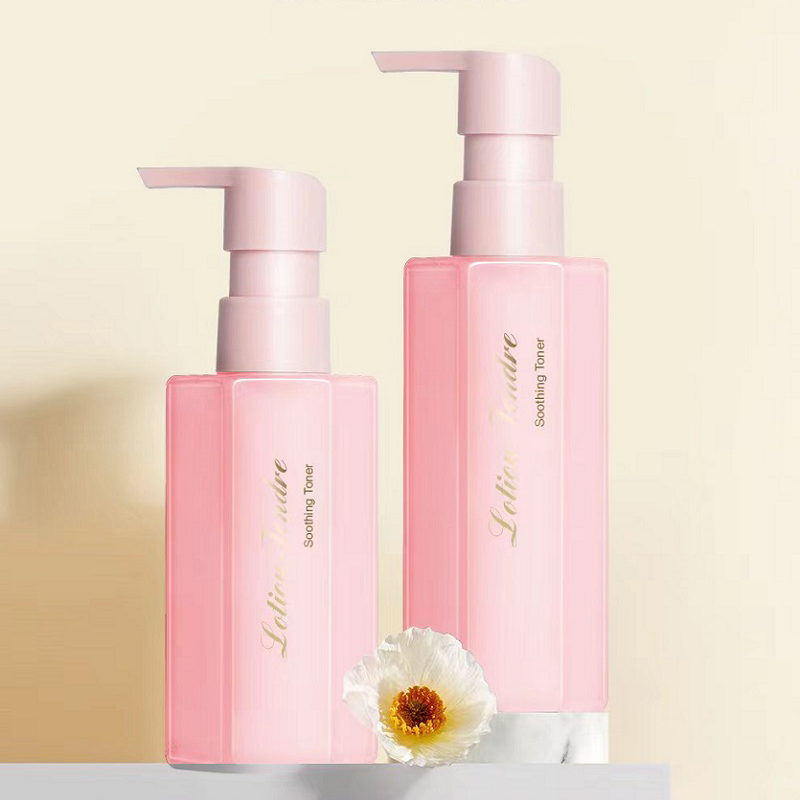Cosmetic plastic bottle manufacturers usually design preforms based on customer needs and product characteristics. The following are some common considerations for designing plastic bottle preforms for cosmetics:

Shape and size: The shape and size of cosmetic plastic bottles need to be designed based on the type of product they are intended to contain. For example, face cream and lotion are usually round or oval, while perfume bottles may be square or rectangular. The size of the preform also needs to be designed based on the size and weight of the product to ensure the strength and stability of the bottle.

Material selection: Cosmetic plastic bottles are usually made of materials such as polyethylene (PE), polypropylene (PP), or polyester (PET). Different materials have different characteristics and uses, and suitable materials need to be selected based on the properties and usage environment of the product.

Sealing and sealing performance: The sealing and sealing performance of plastic bottles for cosmetics are very important because cosmetics need to be kept dry and free from contamination. Therefore, it is necessary to choose appropriate sealing materials and processes to ensure the sealing performance of the bottle.

Appearance and texture: The appearance and texture of plastic cosmetic bottles are also important design considerations. The appearance and texture of the bottle can affect the image and sales of the product. Therefore, it is necessary to choose appropriate colors and surface treatment processes to ensure that the appearance and texture of the bottle meet the product requirements.

Safety: Plastic bottles for cosmetics need to comply with relevant safety standards and regulations, including standards such as FDA and RoHS. Therefore, when designing bottle preforms, it is necessary to consider the safety and reliability of the bottle to ensure the quality and safety of the product.

In summary, the design of plastic bottle preforms for cosmetics requires comprehensive consideration of multiple factors to ensure the quality, stability, and safety of the bottles. At the same time, customized design needs to be carried out based on customer needs and product characteristics to meet different application scenarios and market demands.




